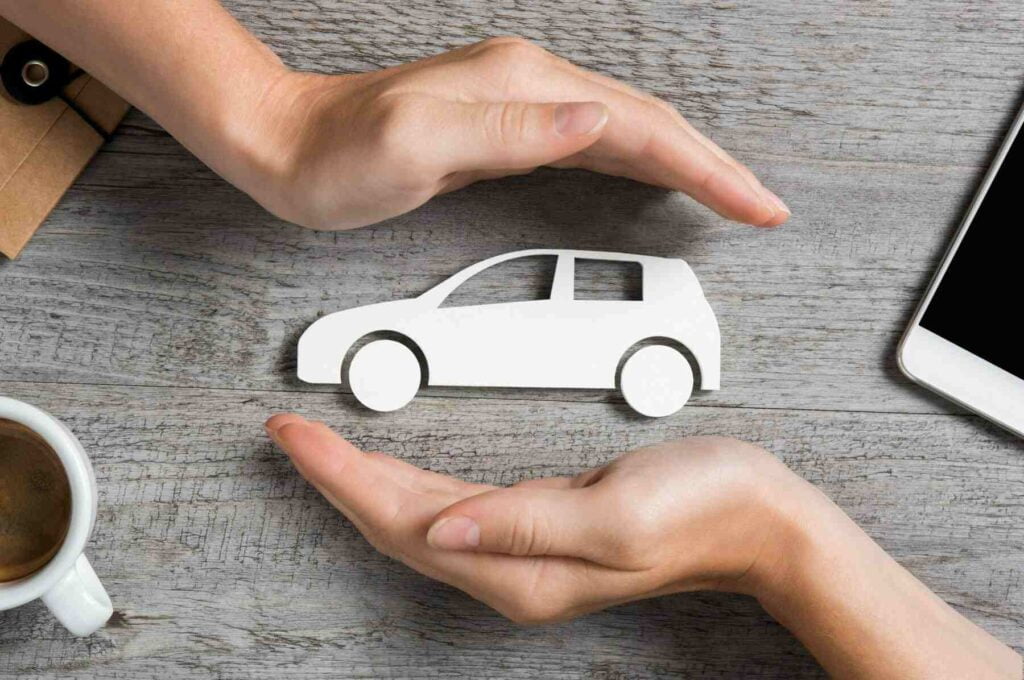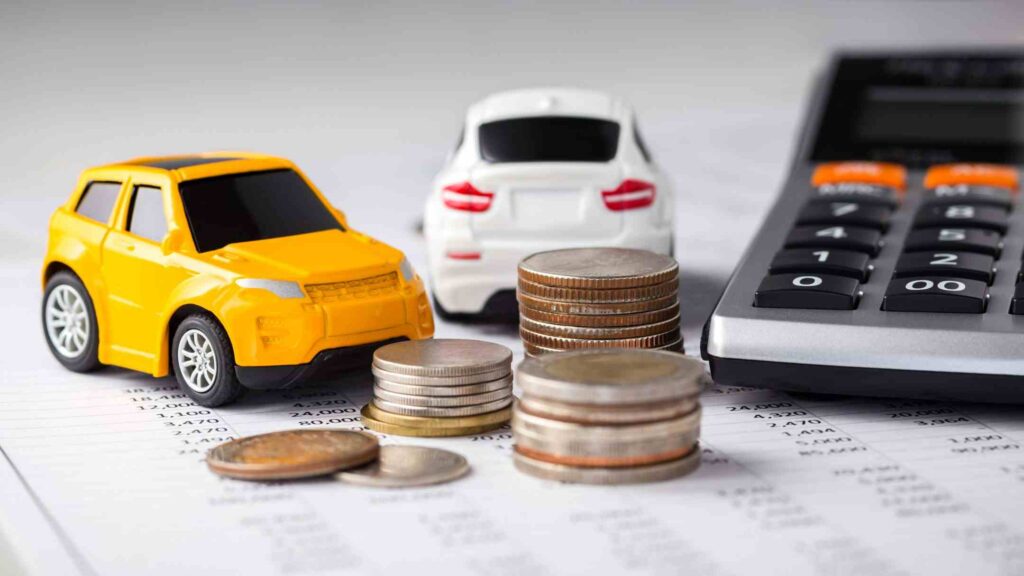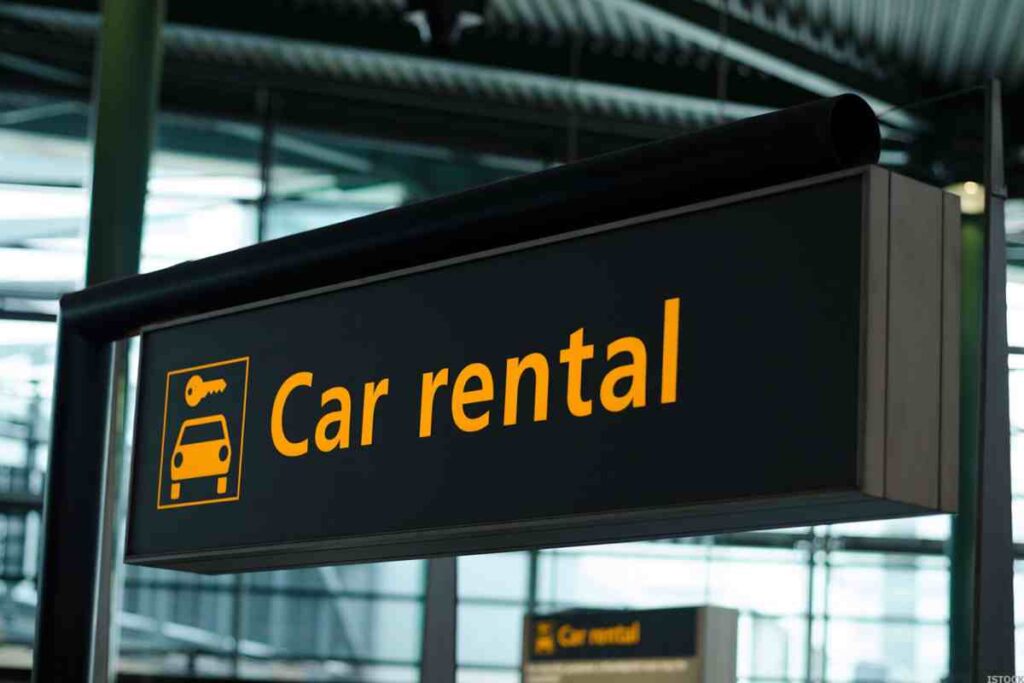When it comes to car insurance, there are many rules and terms that can be confusing. One important term to understand is “excluded driver.” This is a person who is specifically not covered by an insurance policy. But what happens if an excluded driver gets in an accident? This article will explore the consequences, including the legal and financial impacts, and what steps you should take if you find yourself in this situation. By the end, you’ll have a clear understanding of why it’s crucial to know who is covered under your car insurance policy and the risks involved with excluded drivers.
Recommended:
How Rebuilt Title Affects Car Insurance
Benefits of Using a Car Insurance Broker
Transmission Failure and Auto Insurance Coverage
What Is an Excluded Driver?
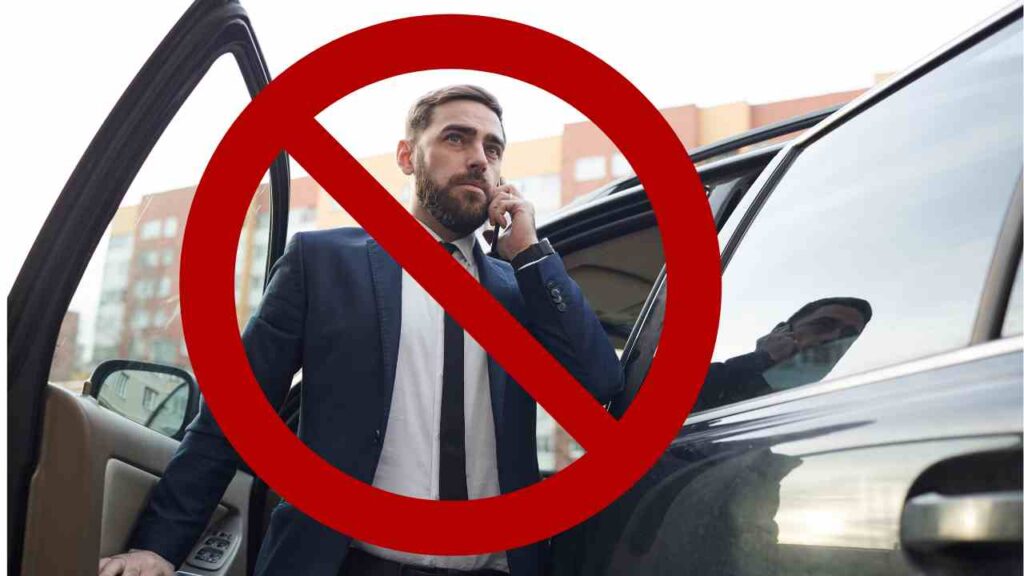
An excluded driver is someone who is specifically not covered by your car insurance policy. This means that if this person drives your car and gets into an accident, your insurance will not pay for any damages or injuries. Typically, an excluded driver is a member of your household who has been explicitly listed on your policy as not allowed to drive your vehicle.
There are several reasons why someone might be excluded from a car insurance policy. Often, it’s because they have a poor driving record, such as multiple accidents or traffic violations. Including them on your policy could make your insurance premiums very expensive. By excluding them, you can keep your costs lower.
It’s important to note that not all states allow you to exclude drivers from your policy. In states where it is allowed, you need to be very careful to ensure that the excluded driver does not drive your car. If they do and get into an accident, you could be held personally responsible for all the costs, which can be very high.
What Happens If An Excluded Driver Gets in An Accident?
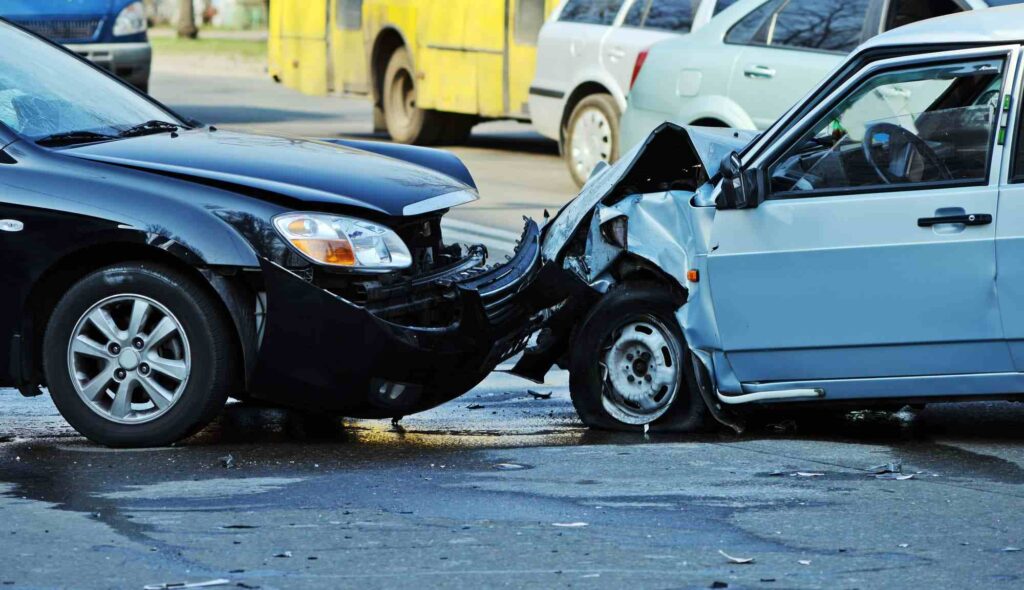
If an excluded driver gets into an accident while driving your car, the situation can become quite complicated and costly. Since the excluded driver is not covered by your car insurance policy, your insurance company will not pay for any damages or injuries resulting from the accident. This means that any costs associated with the accident, including vehicle repairs, medical bills, and legal fees, will have to be paid out of pocket by you or the excluded driver.
You, as the policyholder, could be held personally responsible for all the costs related to the accident. This can include property damage, medical expenses for any injured parties, and even legal fees if there are lawsuits. The financial burden can be substantial, especially if the accident is severe.
In some cases, your insurance company might decide to cancel your policy or choose not to renew it due to the breach of the exclusion clause. This can make it difficult and more expensive to obtain car insurance in the future, as insurers may view you as a higher risk.
Depending on the severity of the accident and the laws in your state, there could be additional legal consequences. For example, if the excluded driver was driving without a valid license or under the influence of alcohol, there could be criminal charges involved.
To avoid these serious consequences, it’s crucial to ensure that excluded drivers do not drive your car under any circumstances. Clear communication and strict adherence to the terms of your insurance policy can help prevent such situations.
Excluding vs. Removing Drivers From Car Insurance
When it comes to managing your car insurance policy, understanding the difference between excluding and removing drivers is crucial. Here’s a simple breakdown:
Excluding a Driver
Excluding a driver means that the person is still part of your household but is specifically not covered by your car insurance policy. This is often done to prevent high-risk drivers from affecting your insurance rates. For example, if a family member has a poor driving record, you might exclude them to avoid higher premiums. However, if this excluded driver gets behind the wheel and has an accident, your insurance will not cover any damages or injuries.
Removing a Driver
Removing a driver, on the other hand, typically happens when the person no longer lives with you and doesn’t regularly drive your car. This could be a young adult moving out or a spouse after a separation. When you remove someone from your policy, they are no longer considered in your insurance calculations. However, if they occasionally drive your car with your permission, they might still be covered, depending on your policy.
Key Differences
- Coverage: Excluded drivers are not covered under any circumstances, while removed drivers might still have some coverage if they drive your car occasionally with permission.
- Living Situation: Excluded drivers usually still live with you, whereas removed drivers do not.
- Insurance Impact: Excluding a driver can help lower your premiums by keeping high-risk drivers off your policy. Removing a driver is more about updating your policy to reflect who actually lives in your household and drives your car.
How Do I Exclude a Driver From My Car Insurance Policy?

To exclude a driver from your car insurance policy, start by contacting your insurance company. Let them know you want to exclude a specific person from your coverage. They will likely ask you to fill out a driver exclusion form, which officially records your request.
Make sure you understand that once a driver is excluded, your insurance will not cover any accidents they cause while driving your car. This means you could be responsible for all costs if they get into an accident.
After submitting the form, confirm with your insurance company that the exclusion is in place. Keep a copy of the form for your records. Remember to check if your state allows driver exclusions, as some states have different rules. This process can help lower your insurance premiums but be sure to weigh the risks and benefits carefully.
What Are the Reasons for Excluding Drivers?
There are several reasons why you might want to exclude a driver from your car insurance policy. One common reason is a poor driving record. If someone in your household has a history of accidents, speeding tickets, or other traffic violations, including them on your policy can make your insurance premiums very expensive. By excluding them, you can keep your costs lower.
Another reason is if the person has a suspended or revoked license. If they are not legally allowed to drive, it makes sense to exclude them from your policy to avoid any complications. Similarly, if someone has a medical condition that impairs their ability to drive safely, excluding them can help prevent accidents and keep your insurance rates down.
Sometimes, you might exclude a driver because they are a high-risk driver. This could include young, inexperienced drivers or those with a history of driving under the influence of alcohol or drugs. High-risk drivers can significantly increase your insurance premiums, so excluding them can be a cost-effective solution.
Lastly, you might exclude a driver simply because they do not drive your car regularly. For example, if a family member moves out but still occasionally visits, you might exclude them to avoid paying higher premiums for someone who rarely uses your vehicle.
Insurance Coverage Options After an Excluded Driver Gets in an Accident
If an excluded driver gets into an accident while driving your car, your insurance won’t cover the damages or injuries. This means you might have to pay for everything out of pocket, including repairs, medical bills, and legal fees. However, if you have Uninsured Motorist Coverage (UMC) or Underinsured Motorist Coverage (UIM), it might help cover some costs, depending on your policy and state laws.
It’s also a good idea to seek legal advice to understand your options and responsibilities. In some cases, getting a separate insurance policy for the excluded driver or finding a high-risk insurance provider might be a better solution to ensure they are covered in the future.
Can an Excluded Driver Affect the Overall Cost of My Insurance Premiums?

Yes, excluding a driver can affect the overall cost of your insurance premiums. When you exclude a high-risk driver, such as someone with a poor driving record or a history of accidents, it can help lower your insurance costs. This is because insurance companies consider the driving records of all licensed drivers in your household when calculating your premiums. By excluding a risky driver, you remove their negative impact on your rates.
However, it’s important to remember that if the excluded driver gets into an accident while driving your car, your insurance will not cover any damages or injuries. This means you could face significant out-of-pocket expenses. Therefore, while excluding a driver can save you money on your premiums, it also comes with risks that you need to manage carefully.
Overall, excluding a driver can be a useful way to control your insurance costs, but it’s essential to weigh the benefits against the potential risks and ensure that the excluded driver does not drive your vehicle.
Alternative Solutions
If excluding a driver from your car insurance policy isn’t the best option for you, there are several alternative solutions to consider:
- Separate Insurance Policy: One option is to have the high-risk driver get their own separate insurance policy. This way, they are covered under their own policy, and their driving record won’t affect your premiums. This can be especially useful for young drivers or those with a history of accidents.
- High-Risk Insurance Providers: Some insurance companies specialize in providing coverage for high-risk drivers. These providers might offer more affordable rates for drivers with poor records or other risk factors.
- Usage-Based Insurance: Usage-based insurance (UBI) programs can be a good fit for drivers who don’t drive frequently. These programs use telematics devices to monitor driving behavior and mileage, offering lower premiums for safe and infrequent drivers.
- Improving Driving Record: Encouraging the high-risk driver to improve their driving record can also help. Taking defensive driving courses, avoiding traffic violations, and maintaining a clean driving record over time can lead to lower insurance rates.
- Adding a Named Driver: If the high-risk driver needs to drive your car occasionally, consider adding them as a named driver on your policy. This can provide coverage without excluding them entirely.
- Exploring Discounts: Look for discounts that might apply to your situation. Many insurance companies offer discounts for things like bundling multiple policies, having safety features in your car, or maintaining a good credit score.
By exploring these alternative solutions, you can find a way to manage your insurance costs while ensuring that all drivers are adequately covered.
FAQs
Q 1. Can an excluded driver ever drive my car in an emergency?
Ans. Generally, an excluded driver should not drive your car under any circumstances, including emergencies. However, the specifics can vary by state and insurance policy, so it’s important to check with your insurance provider.
Q 2. What should I do if an excluded driver drives my car without permission?
Ans. If an excluded driver takes your car without permission and gets into an accident, you should report the incident to the police and your insurance company immediately. Legal action may be necessary to resolve the situation.
Q 3. Can I exclude a driver temporarily?
Ans. Some insurance companies may allow temporary exclusions, but this depends on the insurer’s policies. It’s best to discuss this option with your insurance provider to understand the terms and conditions.
Q 4. How does excluding a driver affect my insurance policy renewal?
Ans. Excluding a driver can impact your policy renewal, especially if the excluded driver has a history of accidents or violations. Your insurance company may review your policy and adjust your premiums accordingly.
Q 5. Can an excluded driver be added back to my policy?
Ans. Yes, you can usually add an excluded driver back to your policy. However, this may result in higher premiums, especially if the driver has a poor driving record. Contact your insurance provider to understand the process and implications.
Q 6. What happens if an excluded driver is not at fault in an accident?
Ans. If an excluded driver is not at fault in an accident, the other driver’s insurance may cover the damages. However, your insurance will still not cover any costs, and you may face legal and financial challenges.
Conclusion
In conclusion, understanding what happens if an excluded driver gets into an accident is crucial for managing your car insurance effectively. Excluded drivers are not covered by your policy, which means you could face significant financial and legal consequences if they cause an accident.
By knowing the reasons for excluding drivers, the steps to exclude them, and the alternative solutions available, you can make informed decisions that protect you and your loved ones. Always communicate clearly with any excluded drivers to ensure they do not drive your vehicle, and consider seeking legal or insurance advice if you find yourself in a complicated situation.

Milo Thistlethwaite is an auto insurance guru with over 8 years of experience in the industry. Holding a CPCU (Chartered Property Casualty Underwriter) certification, Milo is passionate about helping drivers find the best coverage for their needs. As an author on the ‘FundFinesse’ blog, Milo writes clear, easy-to-understand articles about auto insurance.
